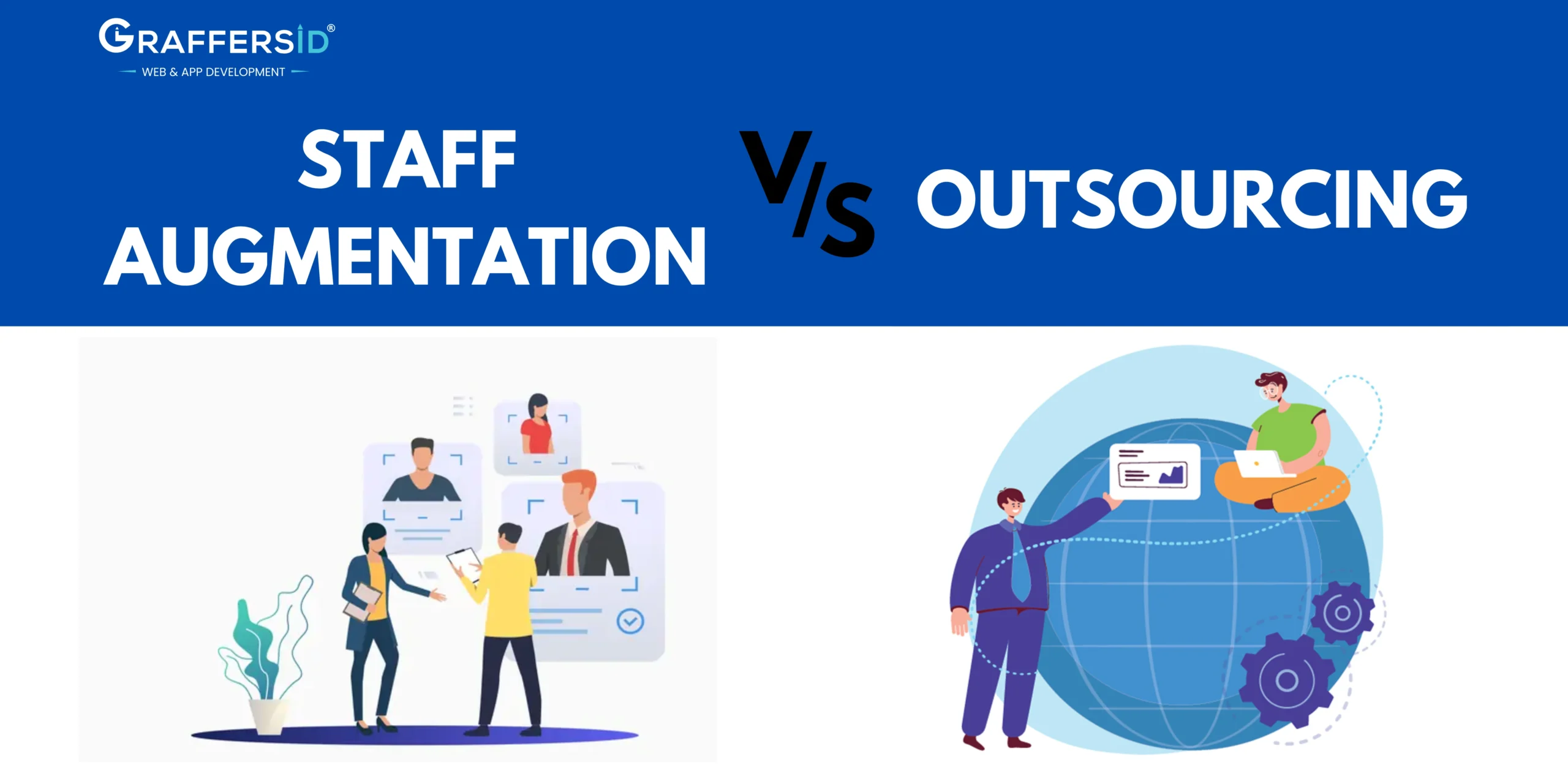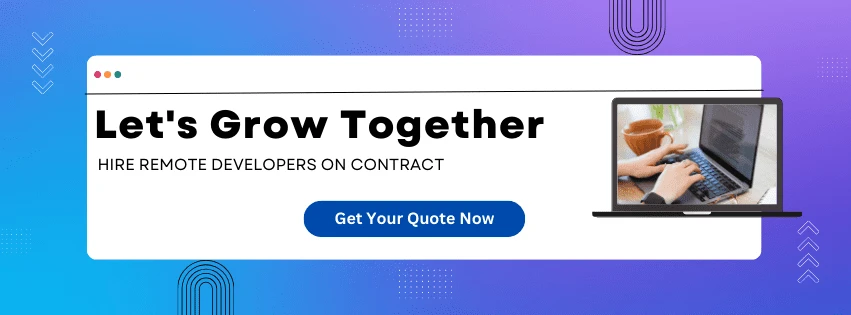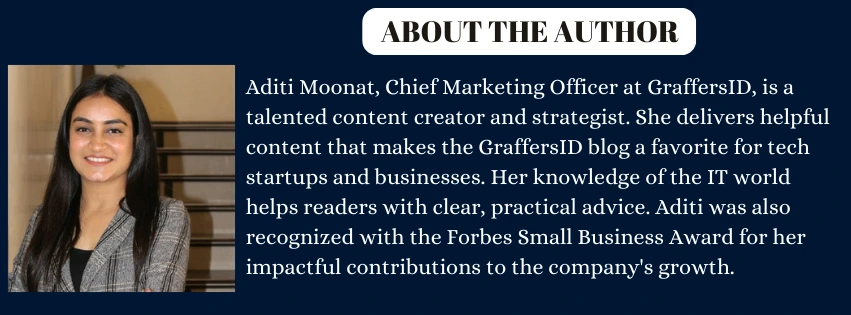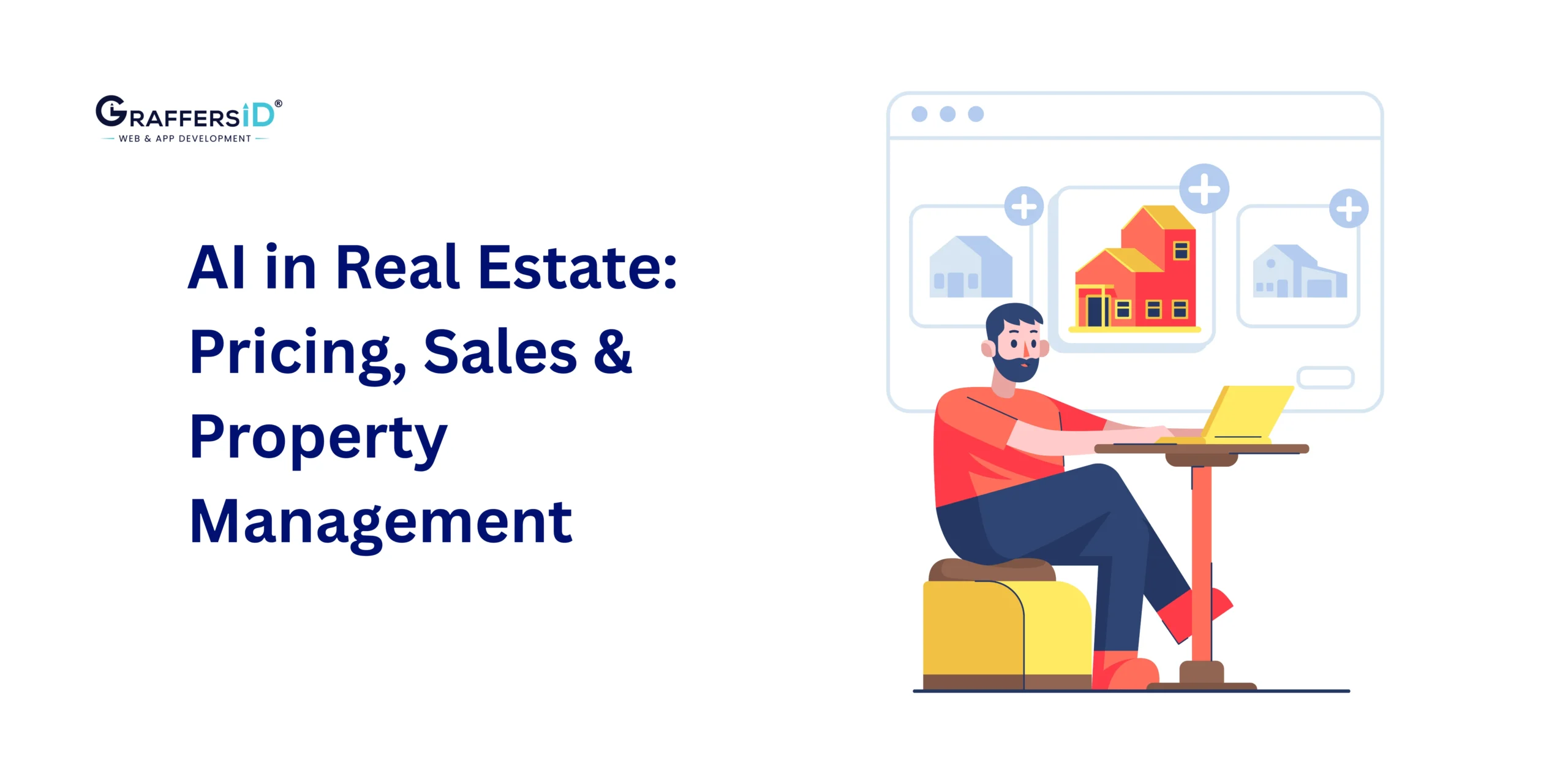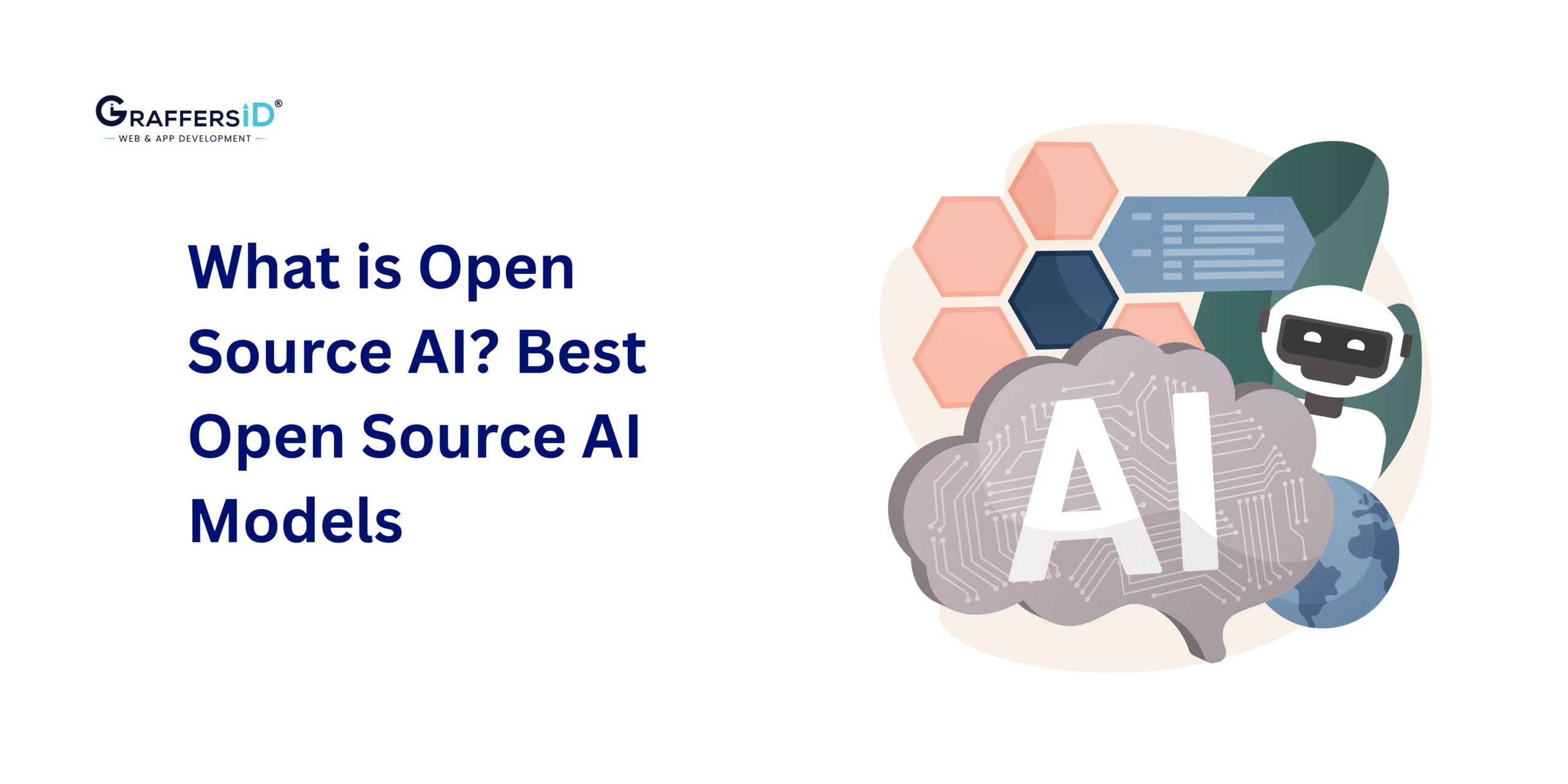Businesses in 2026 face a new reality: projects are no longer just about faster execution; they’re about scalability, AI adoption, automation, and cost-efficiency. Two hiring models, staff augmentation and outsourcing, remain the most widely used approaches for software development, but their roles have evolved.
The dilemma of staff augmentation vs. outsourcing is more complex today. Beyond cost, companies now evaluate AI integration, project complexity, long-term strategy, and security risks before choosing a model.
This guide explores the differences, benefits, limitations, and use cases of both models in 2026, helping CTOs, CEOs, and decision-makers select the right fit for their business goals.
Definition: Staff Augmentation vs. Outsourcing
What is Staff Augmentation?
Staff augmentation extends your in-house team with external talent, often on-demand and project-specific. In 2026, AI-driven platforms help businesses quickly match with vetted developers, eliminating long hiring cycles.
- Developers integrate with your workflow and tools.
- They follow your company’s culture and direct supervision.
- Increasingly powered by AI collaboration tools for productivity.
Many firms now use AI copilots (like GitHub Copilot and Cursor AI) alongside augmented staff, boosting code quality and reducing ramp-up time.
Read More: Staff Augmentation vs Managed Services: Key Comparison
What is Outsourcing?
Outsourcing means handing your entire project (planning, execution, deployment, and maintenance) to a vendor. The vendor takes responsibility for project delivery, often using pre-assembled teams.
- You focus on core business, while vendors handle execution.
- Reduced internal involvement in day-to-day management.
- Now it often includes AI-powered project delivery models that reduce turnaround time.
Vendors increasingly use AI-driven automation for QA, testing, and DevOps pipelines, reducing project delays and costs.
Comparison: Staff Augmentation vs. Outsourcing in 2026
| Factor | Staff Augmentation | Outsourcing |
|---|---|---|
| Control | High – you manage developers directly | Low – vendor manages delivery |
| Flexibility | AI tools allow faster onboarding & scaling | Structured – scope fixed at start |
| Cost | Pay for developer time/skills, scalable | Fixed project fee (with hidden add-ons) |
| Expertise | Works best with in-house teams needing support | Best for companies with no internal dev team |
| Communication | Direct collaboration and real-time AI translation tools aid global teams | Managed by a vendor, less direct |
| AI Adoption | Seamless integration of AI copilots into your workflow | Vendors use AI for automation, but you have less say in tool selection |
Pros and Cons of Staff Augmentation in 2026
| Factor | Pros | Cons |
| Integration | Works like an extension of your team | Needs strong in-house leadership |
| Scalability | AI-enabled quick hiring & scaling | Extra effort to manage augmented staff |
| Control | High transparency & adaptability | Not ideal for fixed projects |
| AI Tools | You choose AI stack & copilots | Requires internal AI readiness |
Pros and Cons of Outsourcing in 2026
| Factor | Pros | Cons |
| Integration | Full-cycle delivery handled | Limited influence over workflow |
| Scalability | Reduced management burden | Difficult to scale mid-project |
| Control | Cost-effective for one-time builds | Flexibility limited once contract signed |
| AI Tools | Vendors use AI automation out of the box | May lock you into their tech ecosystem |
As you can see, both models have distinct advantages and disadvantages depending on specific factors. Based on your needs, it is important to determine which option aligns best with your current and future development endeavors.
Which Model Suits Your Business Goals? Staff Augmentation vs. Outsourcing 2026
When it comes to choosing between the two models, you should be clear on certain aspects, business priorities, the scope of the project, and internal capabilities. Let’s look at which model you should choose.

When to Choose Staff Augmentation in 2026
- You already have an in-house team but need AI-experts quickly.
- You want to retain control while scaling talent flexibly.
- You need specialists for AI integration, automation, or cloud-native apps.
- You want to avoid lengthy recruitment and tap into vetted talent.
When to Choose Outsourcing in 2026
- You lack in-house developers and want end-to-end project ownership.
- You’re handling short-term, well-defined projects.
- You want minimal involvement and prefer vendor-managed delivery.
- You need faster market entry; outsourcing vendors often have pre-built AI frameworks.
The choice between the two models should align with the business’s growth trajectory, development pipeline, and operational strategy.
Read More: India vs USA in 2026: Cost & Benefit Analysis of Outsourcing
Financial & ROI Considerations in 2026: Staff Augmentation vs. Outsourcing
An important consideration in your development project is the budget you have allocated. When selecting between staff augmentation vs. outsourcing, businesses have to assess how much they are willing to invest while ensuring a strong return on investment.
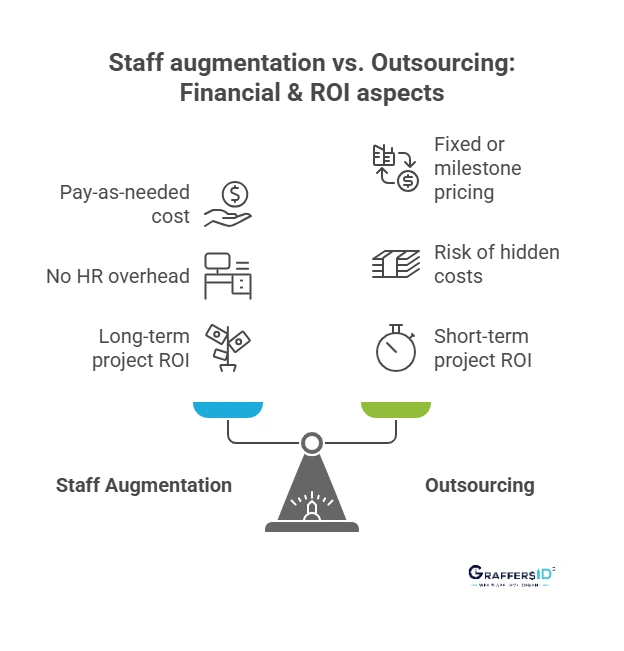
Staff Augmentation
- Pay only for skills/time needed.
- No HR/recruitment/benefits overhead.
- Flexible for scaling long-term pipelines.
- ROI is strong for ongoing projects with multiple iterations.
Outsourcing
- Choose fixed or milestone-based pricing.
- Risk of hidden costs if scope changes.
- Premium fees for AI-driven, end-to-end execution.
- ROI is strong for short-term, one-off projects.
Decision Checklist for 2026: Staff Augmentation vs. Outsourcing
To simplify the decision-making process, businesses should assess their needs against the following key factors:
- Control: Need direct control? → Choose Staff Augmentation.
- Scalability: Need on-demand AI talent? → Choose Staff Augmentation.
- Budget: Long-term flexibility? → Staff Augmentation. Short-term savings? → Outsourcing.
- AI Expertise: Already have AI-ready teams? → Augmentation. No AI capabilities? → Outsourcing.
- Speed: Need immediate skilled hires? → Augmentation. Want pre-assembled AI-driven teams? → Outsourcing.

Final Thoughts
Both models remain highly relevant, but the rise of AI in software development has reshaped how businesses approach them.
- Staff Augmentation: Best for businesses with in-house teams looking to extend capabilities while maintaining control and AI tool integration.
- Outsourcing: Best for businesses that want complete delegation of a project, leveraging vendor-managed AI-driven workflows.
At GraffersID, we help global businesses scale faster through AI-enabled staff augmentation and offshore development services. Whether you need to integrate top AI developers into your team or outsource an entire product build, our experts ensure speed, quality, and scalability.
